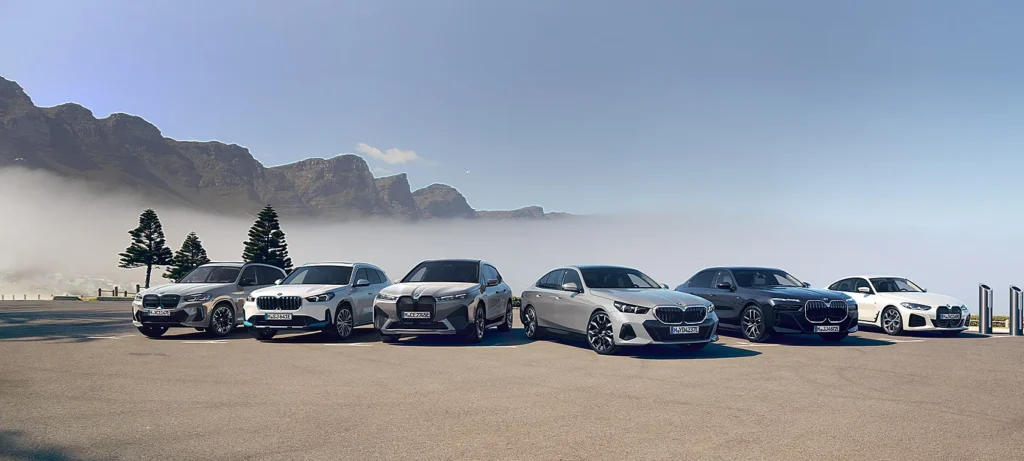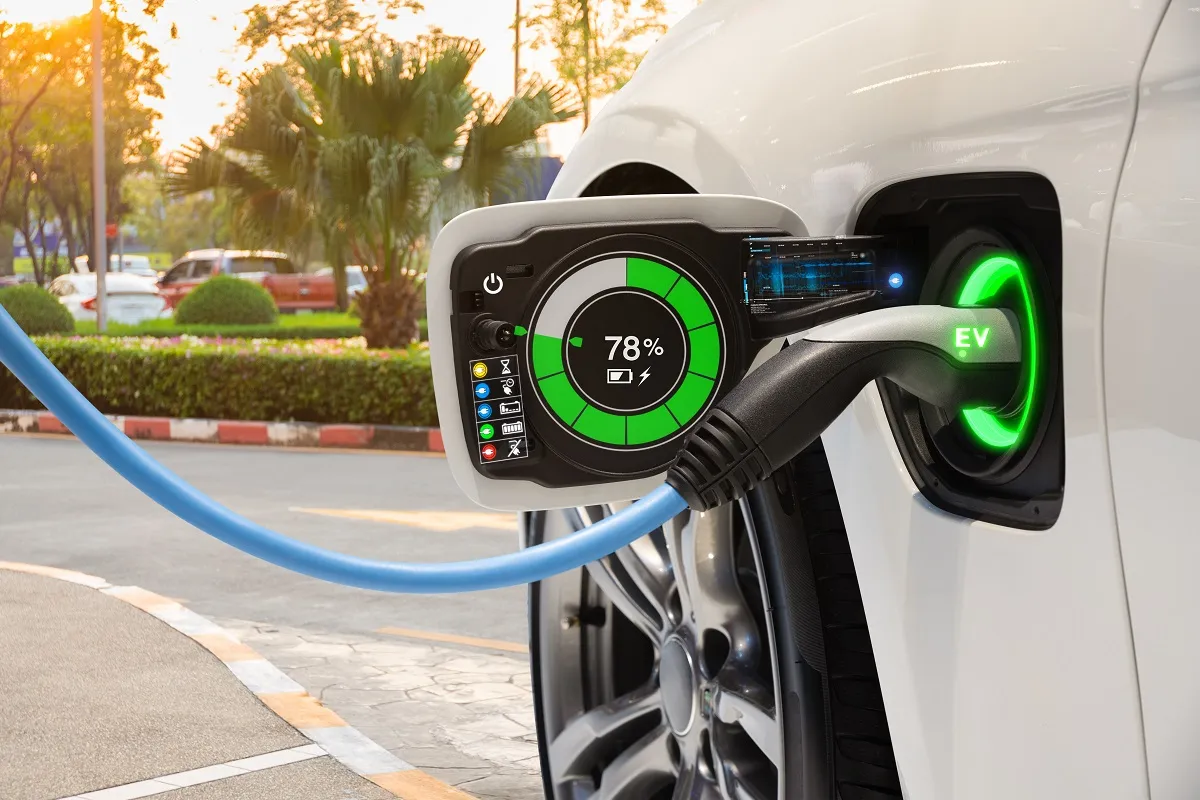Table of Contents
ToggleElectric Vehicles:
Why Electric Vehicles?
Electric vehicles (EVs) have gained increasing popularity for several reasons, and their adoption is driven by a combination of environmental, economic, and technological factors. Here are some key reasons why electric vehicles are gaining prominence:
- Environmental Benefits:
- Reduced Greenhouse Gas Emissions: EVs produce lower or zero tailpipe emissions, contributing to a reduction in air pollution and greenhouse gas emissions. This is particularly important in the context of addressing climate change.
- Energy Efficiency: Electric motors are more efficient than internal combustion engines. EVs convert a higher percentage of the electrical energy from the grid to power at the wheels, leading to overall energy savings.
- Energy Independence:
- Diversification of Energy Sources: EVs offer the potential to diversify energy sources for transportation. By relying on electricity, which can be generated from various sources (including renewable energy), countries can reduce dependence on fossil fuels for transportation.
- Cost Savings:
- Lower Operating Costs: EVs generally have lower operating costs per mile compared to traditional internal combustion engine vehicles. They often have fewer moving parts, require less maintenance, and can be more cost-effective over the long term.
- Incentives and Subsidies: Many governments provide financial incentives and subsidies to encourage the adoption of electric vehicles. These can include tax credits, rebates, and reduced registration fees.
- Advancements in Technology:
- Improvements in Battery Technology: Advances in battery technology have led to increased energy density, longer driving ranges, and reduced costs. This has addressed some of the initial concerns related to EVs, such as limited range and high upfront costs.
- Vehicle Performance: Electric vehicles are known for their quick acceleration and smooth, quiet operation. As technology continues to improve, EVs are becoming more competitive with traditional vehicles in terms of performance.
- Infrastructure Development:
- Expansion of Charging Infrastructure: The global expansion of charging infrastructure, including fast-charging stations, makes it more convenient for EV owners to charge their vehicles. This helps address “range anxiety” and facilitates long-distance travel.
- Corporate and Government Initiatives:
- Corporate Fleets: Many companies are integrating electric vehicles into their fleets as part of their sustainability initiatives. This not only aligns with environmental goals but can also result in cost savings and positive public relations.
- Government Targets and Policies: Several governments worldwide have set targets and implemented policies to reduce carbon emissions and promote the adoption of electric vehicles. These policies include phasing out internal combustion engine vehicles and providing incentives for EV adoption.
- Consumer Awareness and Preferences:
- Growing Environmental Consciousness: Increasing awareness of environmental issues has led to a greater willingness among consumers to choose electric vehicles as a more environmentally friendly transportation option.
- Consumer Preferences: As EV technology matures, consumer preferences are shifting towards electric vehicles. Factors such as the availability of diverse models, range improvements, and favorable government policies contribute to this shift.
While electric vehicles continue to gain traction, it’s important to note that the transition to widespread EV adoption involves on-going efforts in infrastructure development, technological innovation, and supportive policies.

Incentive on Electric Vehicles Around the World
Various countries around the world offer incentives to promote the adoption of electric vehicles (EVs) and support the development of a sustainable transportation system. Keep in mind that incentive programs are subject to change, and new policies may have been introduced since my last update. Here are some examples of incentives offered in different countries:
- United States:
- Federal Tax Credit: A federal tax credit of up to $7,500 is available for the purchase of qualifying EVs, but the credit amount varies depending on the vehicle’s battery capacity.
- State Incentives: Many states offer additional incentives such as rebates, tax credits, and reduced registration fees for electric vehicle owners.
- Canada:
- Federal Incentives: Canada provides federal incentives, including a rebate of up to $5,000 for eligible battery electric vehicles (BEVs) and plug-in hybrid electric vehicles (PHEVs).
- Provincial/Territorial Incentives: Several provinces and territories in Canada also offer additional incentives to encourage EV adoption.
- United Kingdom:
- Plug-in Car Grant: The UK offers a Plug-in Car Grant, providing financial support for eligible new low-emission vehicles, including electric cars.
- Grants for Home Charging: Financial support is available for the installation of home charging points.
- Norway:
- In Norway, electric vehicles benefit from exemptions from various taxes, reduced tolls, and access to bus lanes. These incentives have contributed to a high rate of EV adoption in the country.
- Germany:
- Germany provides incentives for electric vehicles, including a purchase premium for new electric cars and plug-in hybrids. There are also tax incentives and exemptions for electric company cars.
- China:
- China offers various incentives at both the central and local government levels, including subsidies for the purchase of electric vehicles, exemption from vehicle taxes, and license plate privileges in certain cities.
- Netherlands:
- In the Netherlands, electric vehicles benefit from tax incentives, reduced registration fees, and exemptions from road taxes. The government aims to transition to fully emission-free vehicles by 2030.
- India:
- India provides incentives for electric vehicles, including subsidies and incentives for manufacturers. Some states also offer additional benefits to promote EV adoption.
It’s essential to check with local authorities, government agencies, or relevant websites for the most up-to-date information on electric vehicle incentives in a specific country or region. Governments often update their incentive programs to align with evolving environmental goals and technological advancements.

Electric Vehicle Charging
Electric vehicle (EV) charging is a crucial aspect of the growing electric transportation infrastructure. There are various types of charging stations, each offering different charging speeds and compatibility with different EV models. Here are some key points related to electric vehicle charging:
- Charging Levels:
- Level 1 (120V AC): This is the standard household outlet and is the slowest charging option. It is suitable for overnight charging at home.
- Level 2 (240V AC): Most public charging stations and home chargers operate at this level. It provides a faster charging rate than Level 1 and is suitable for daily charging needs.
- Level 3 (DC Fast Charging): These stations provide rapid charging and are typically found along highways for long-distance travel. They can charge an EV to 80% in a relatively short amount of time.
- Charging Connectors:
- SAE J1772: Common in North America for Level 1 and Level 2 charging.
- Type 2 (IEC 62196): Common in Europe for Level 1 and Level 2 charging.
- CHAdeMO: Common for DC fast charging, particularly in Japanese and some European vehicles.
- CCS (Combined Charging System): A combined AC and DC fast charging standard used in Europe and North America.
- Charging Networks:
- Various charging networks exist globally, including Tesla Supercharger, ChargePoint, EVgo, and others. These networks operate and manage public charging stations, providing a seamless experience for EV users.
- Home Charging:
- Many EV owners charge their vehicles at home using Level 1 or Level 2 chargers. Home charging stations can be installed in garages or driveways, providing convenience for daily charging needs.
- Public Charging:
- Public charging stations are available in various locations such as shopping centers, parking lots, and along highways. They offer Level 2 and Level 3 charging options, making it convenient for users who don’t have access to home charging or require fast charging for longer trips.
- Charging Apps:
- Several mobile apps help EV drivers locate nearby charging stations, check their availability, and even pay for charging services. Examples include PlugShare, ChargePoint, and Tesla’s Supercharger app.
- Charging Speed and Range:
- Charging speed varies based on the charger type and the EV’s compatibility. Newer EV models often support faster charging rates. The range an EV can achieve on a single charge depends on the battery capacity and the driving conditions.
- Government Incentives:
- Some governments offer incentives or subsidies for installing home charging stations, promoting the adoption of electric vehicles.
As technology evolves, advancements in charging infrastructure continue to enhance the convenience and efficiency of electric vehicle charging, further supporting the transition to sustainable transportation.
